The writing road to reading is a journey that helps children connect sounds, letters, and meaning through hands-on learning. By guiding children with patience and joy, parents can nurture a natural love for language and literacy. Let’s find out with 4Life Education how to open this exciting path for your child today.
The connection between writing and reading
The process of learning how to read can be as natural as learning how to speak. Writing offers children a pathway to unlock the code of language, showing them that letters are symbols of sounds. In Montessori education, children are introduced to letters and their sounds through sensory and phonetic methods that make reading both engaging and enjoyable.
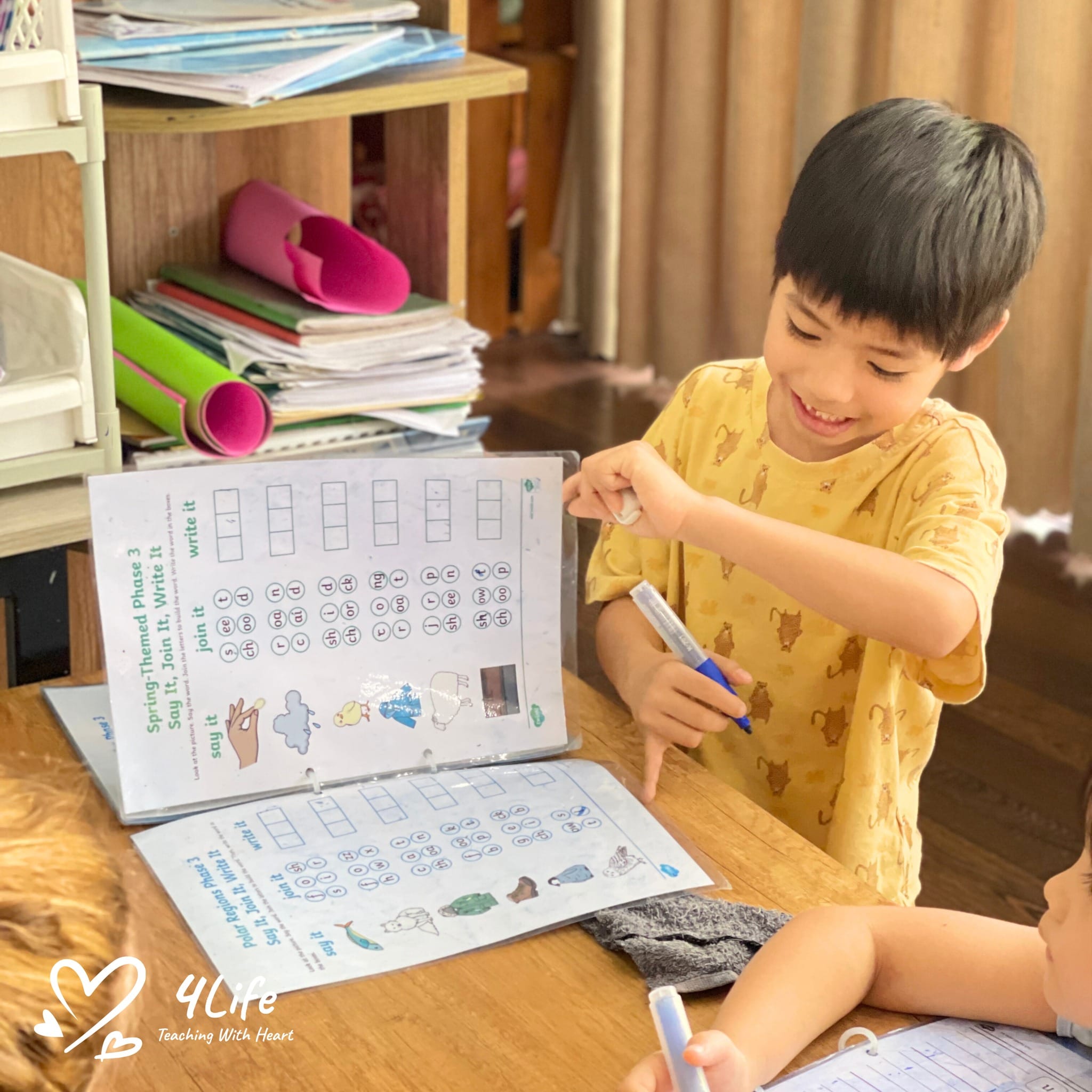
The connection between writing and reading
Using sandpaper letters
Sandpaper letters are one of the most effective tools for teaching the alphabet. Each letter is cut out of fine sandpaper and mounted on a smooth background, helping children feel the letter as they trace it. This multisensory approach allows children to connect the shape, the movement, and the sound of each letter. By tracing “c,” “a,” and “t” while saying the sounds, a child can suddenly read her very first word: “cat.”
How to introduce letters
When introducing sandpaper letters, show just a few at a time and let your child set the pace. Encourage her to trace the letter while you say its sound. Offer words that begin with that sound and invite her to repeat after you. Gradually, add new letters each week, always focusing on building confidence rather than rushing toward early reading. The aim is to spark joy and curiosity, not pressure.
Extending the learning with sand and chalk
Once your child has practiced with sandpaper letters, you can extend the activity by inviting her to trace letters in fine sand or on a chalkboard. These activities strengthen hand–eye coordination, muscle memory, and prepare children for handwriting. Offering colored pencils or chalk also helps children develop pencil control and encourages creativity while practicing early writing skills.
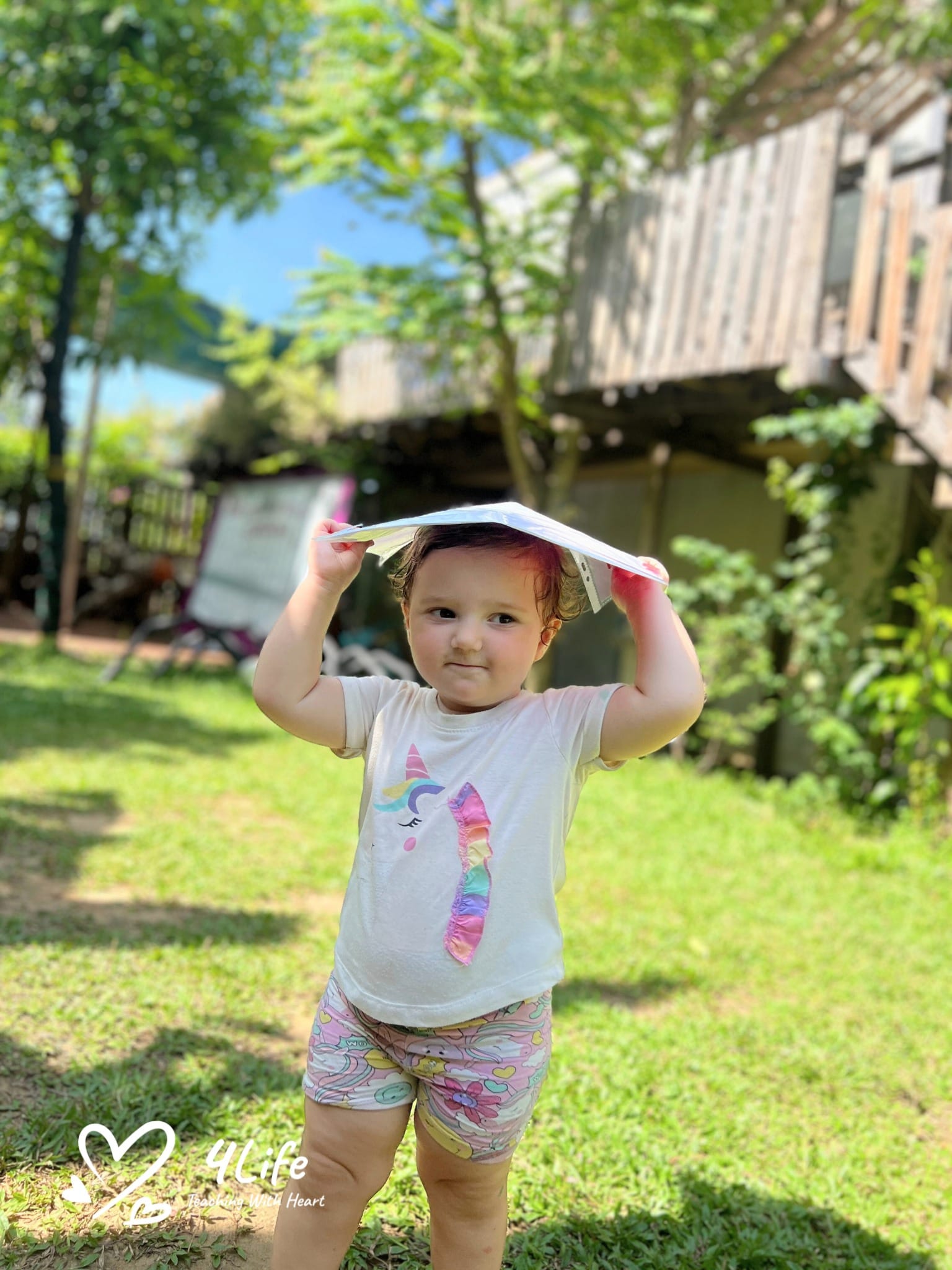
Extending the learning with sand and chalk
Playing with letters and sounds
Games make learning fun. For example, gather small objects that begin with the same sound, such as “train,” “truck,” and “tractor” for the letter “t.” Invite your child to match the objects to the corresponding sandpaper letter. This playful exercise helps reinforce phonetic awareness and builds confidence. Children quickly realize that letters have power—they form the words of everything they see and touch.
The moveable alphabet
Once children recognize sounds and letters, they can begin composing words using a moveable alphabet. This set of letters allows children to arrange and sound out words before they are able to write them by hand. For example, after learning “c,” “a,” and “t,” a child can spell out “cat” with moveable letters. Over time, she will progress to more complex words, blending consonants, using double vowels, and experimenting with spelling.
Developing confidence through phonetics
This phonetic method is widely recognized as one of the most effective ways to teach reading and writing. By focusing on sounds rather than memorizing letter names, children bypass confusing steps and naturally decode words. They may even begin spelling words with creativity, such as writing “fon” for “phone.” At this stage, the focus should be on encouraging effort and confidence, not correcting every mistake.
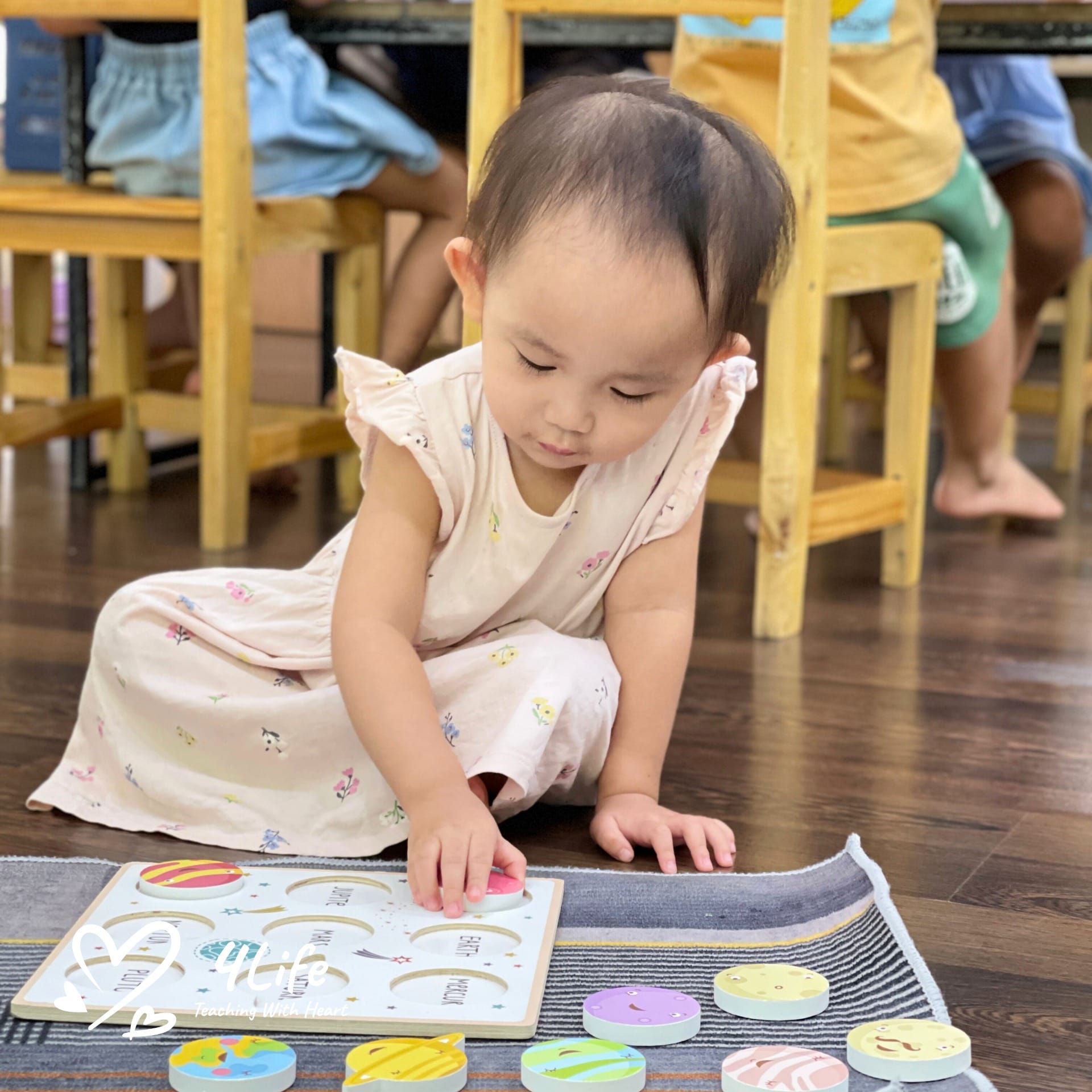
Developing confidence through phonetics
Transitioning to reading
The shift from writing to reading often happens smoothly. Children who play with letters, sounds, and words will gradually begin to read sentences and stories. Some may start as early as age four, others at five or six, but what matters most is fostering a love for learning. Parents can support this transition by making word cards for objects around the house, encouraging labeling, and turning reading into a daily adventure.
Making reading interactive
Simple games can deepen your child’s reading skills. For example, create cards with single verbs such as “hop,” “clap,” or “smile.” When your child reads a card, she performs the action. Later, progress to full sentences like “Bring me a teddy bear” or “Waddle like a duck.” These games keep reading interactive, fun, and meaningful.
Encouraging creativity with stories
Invite your child to create her own stories by arranging words, cutting out pictures, or dictating ideas for you to write down. Turning these into small handmade books gives children pride in their work and shows them that writing and reading are tools for self-expression. This not only builds literacy but also imagination and confidence.
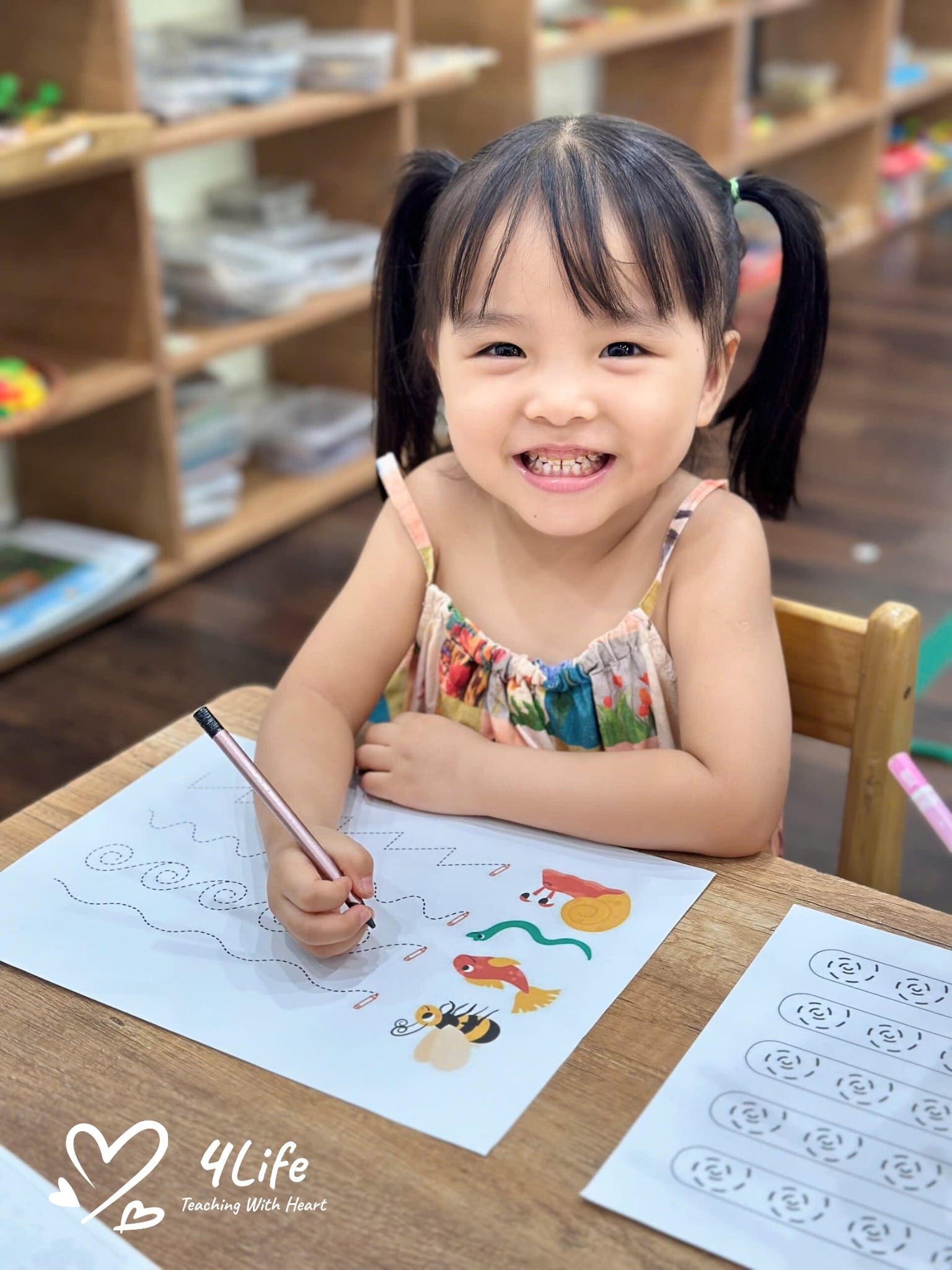
Encouraging creativity with stories
Supporting your child’s pace
Each child learns differently. Some may read early, while others take longer. Pushing too hard can create resistance and frustration. Instead, focus on steady encouragement, engaging activities, and celebrating progress. A gentle, supportive approach will ensure that children associate reading and writing with joy rather than pressure.
The writing road to reading is more than just a method – it is a journey of discovery that connects children to the magic of language. Through tactile learning, playful games, and patient guidance, children naturally unlock the ability to read and write with confidence. By walking this road with care and enthusiasm, you help your child build skills that will serve her for life. The writing road to reading is truly the beginning of a lifelong love for learning.

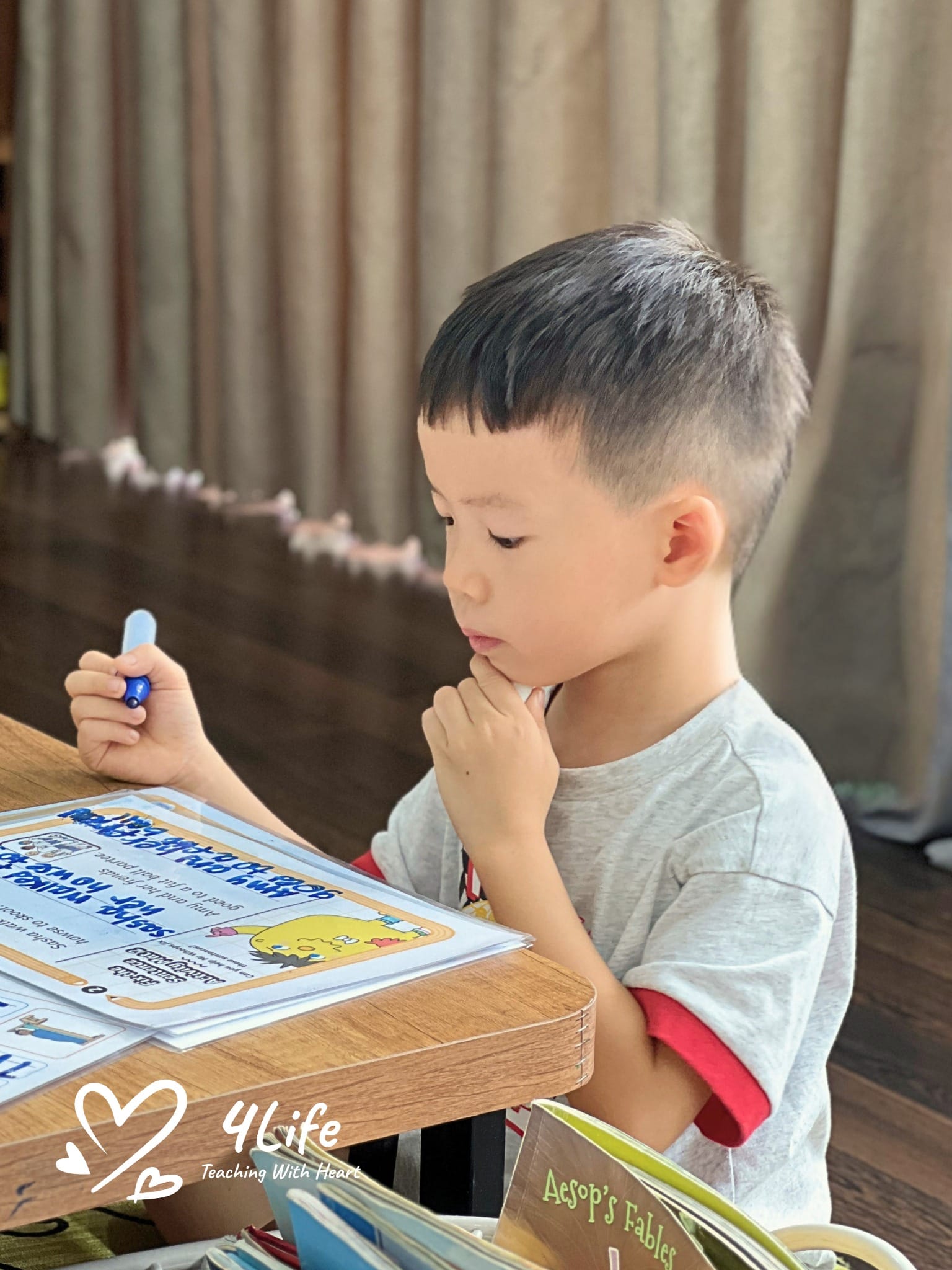
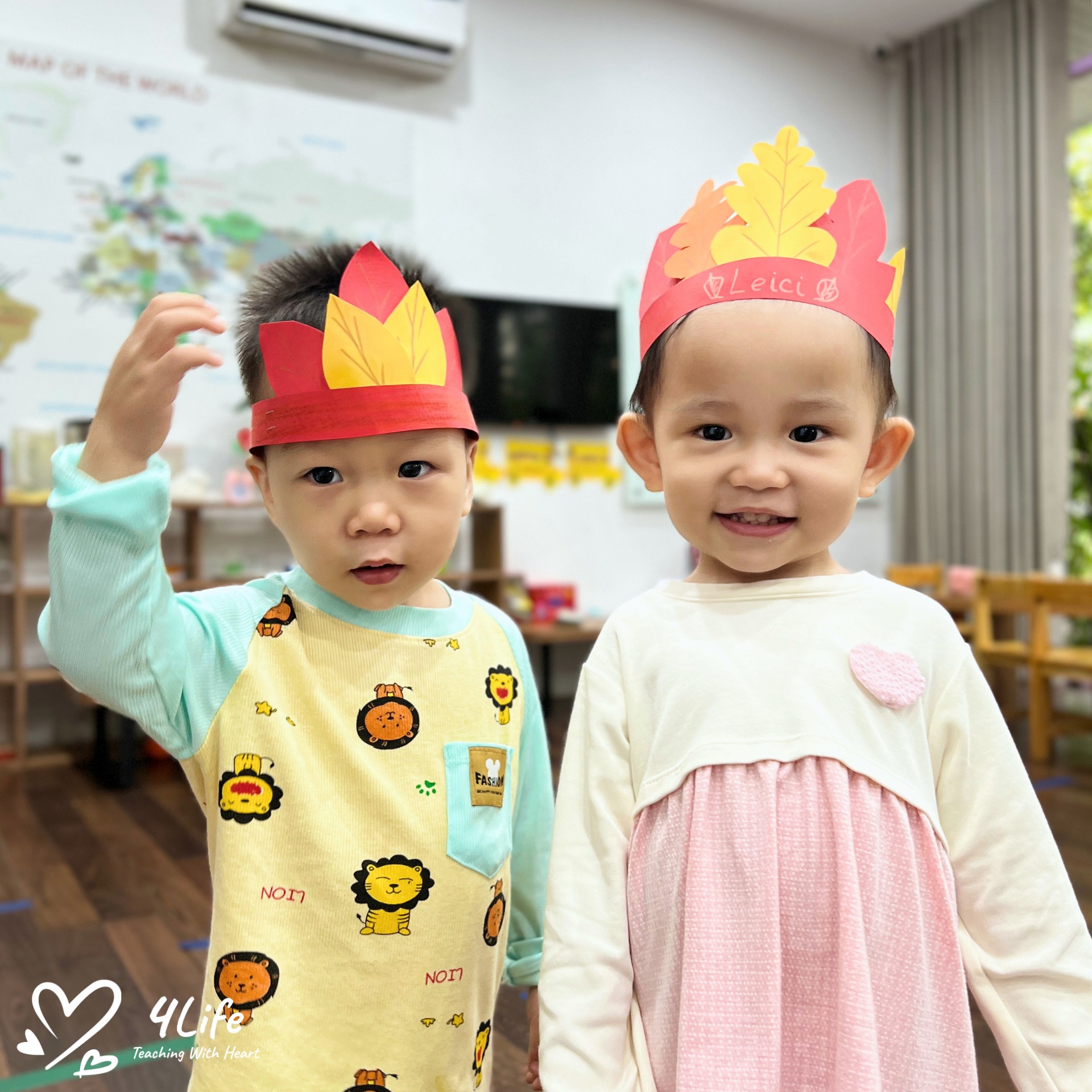
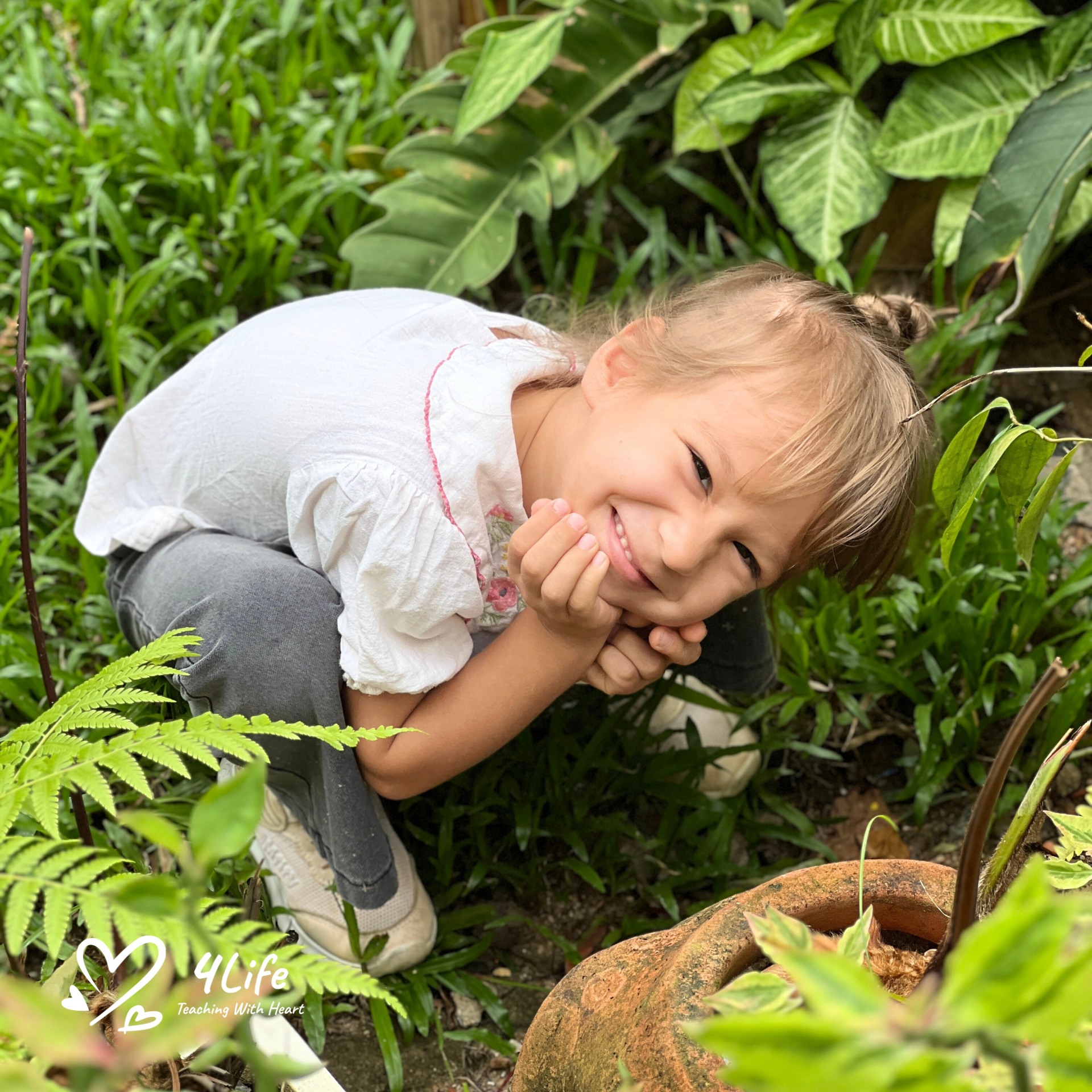
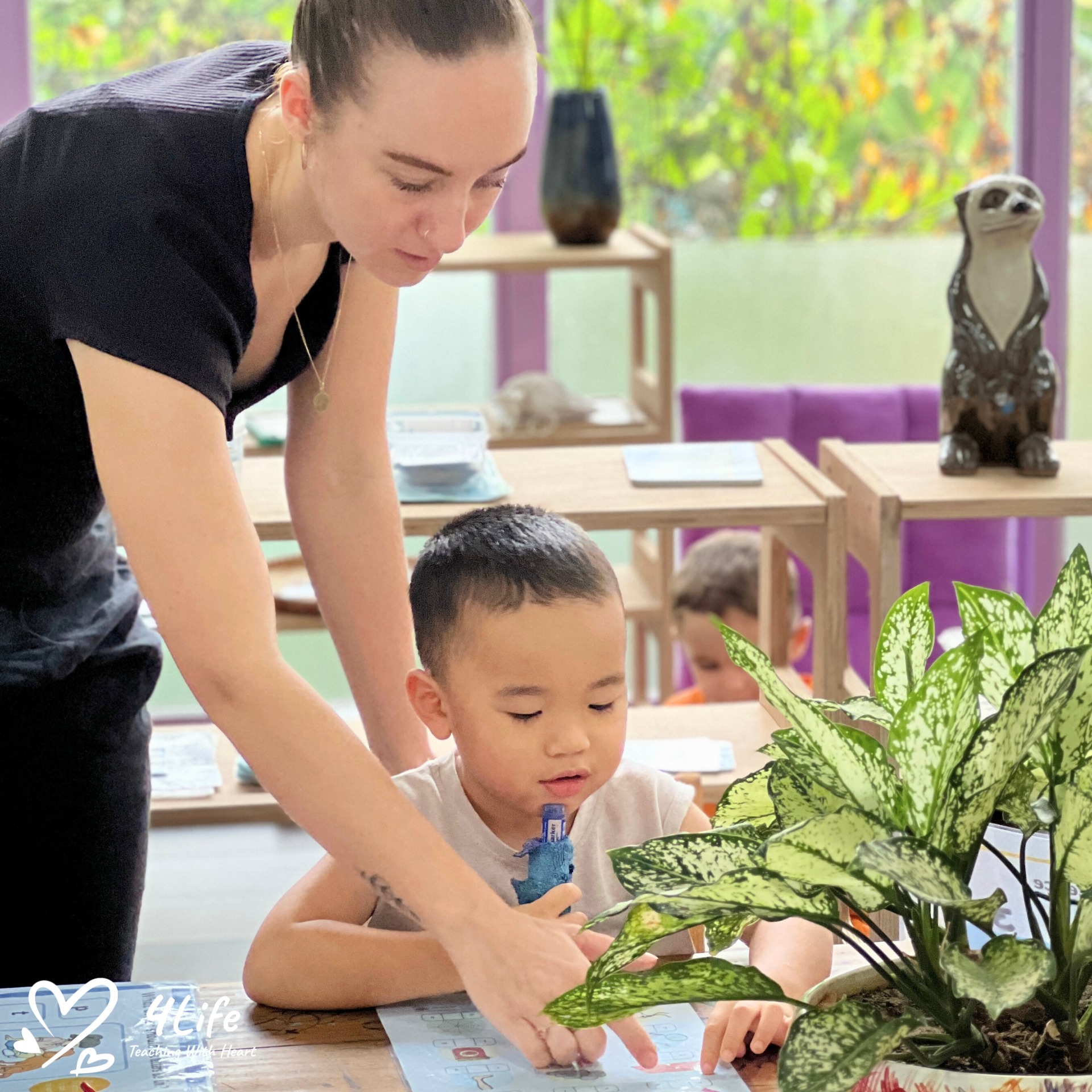
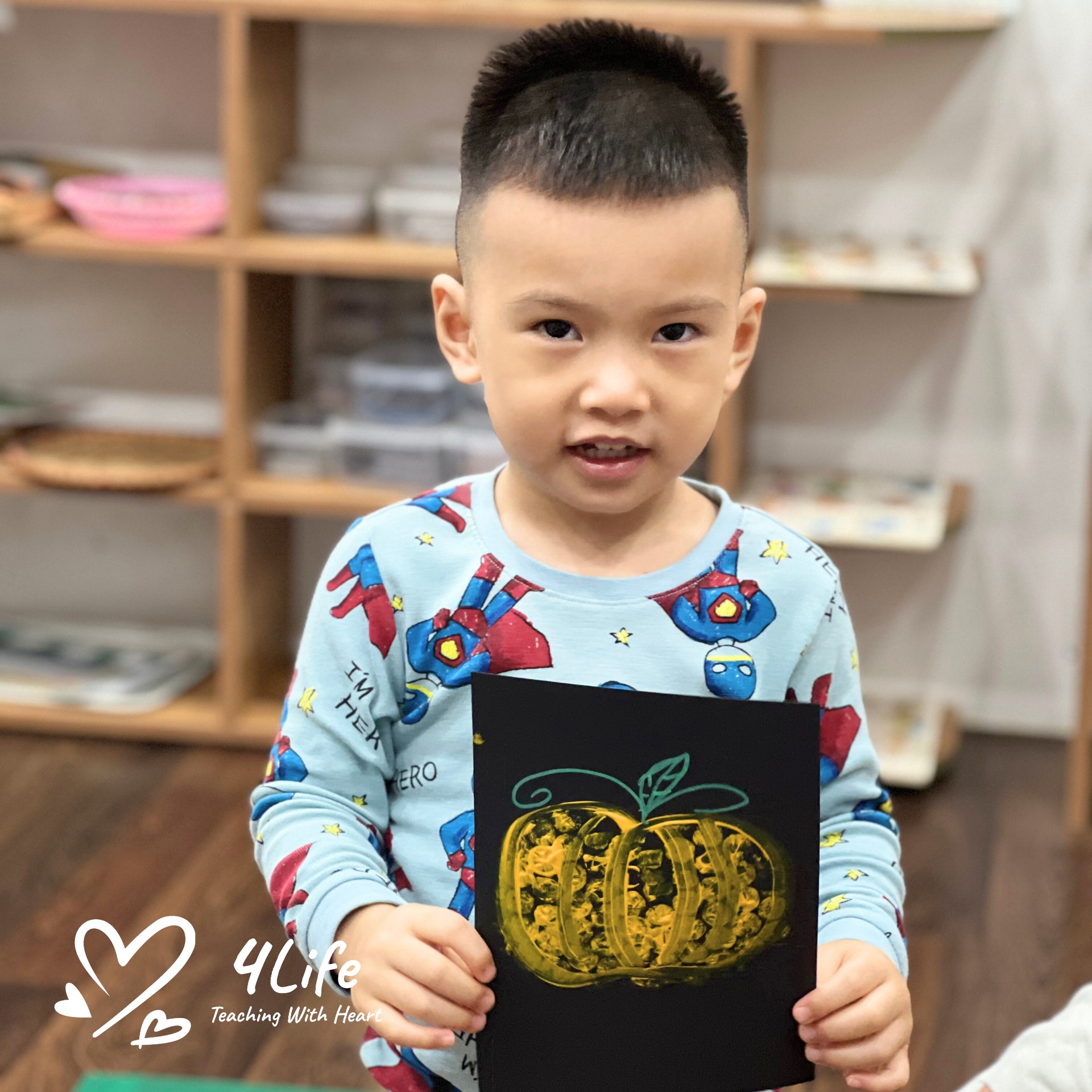

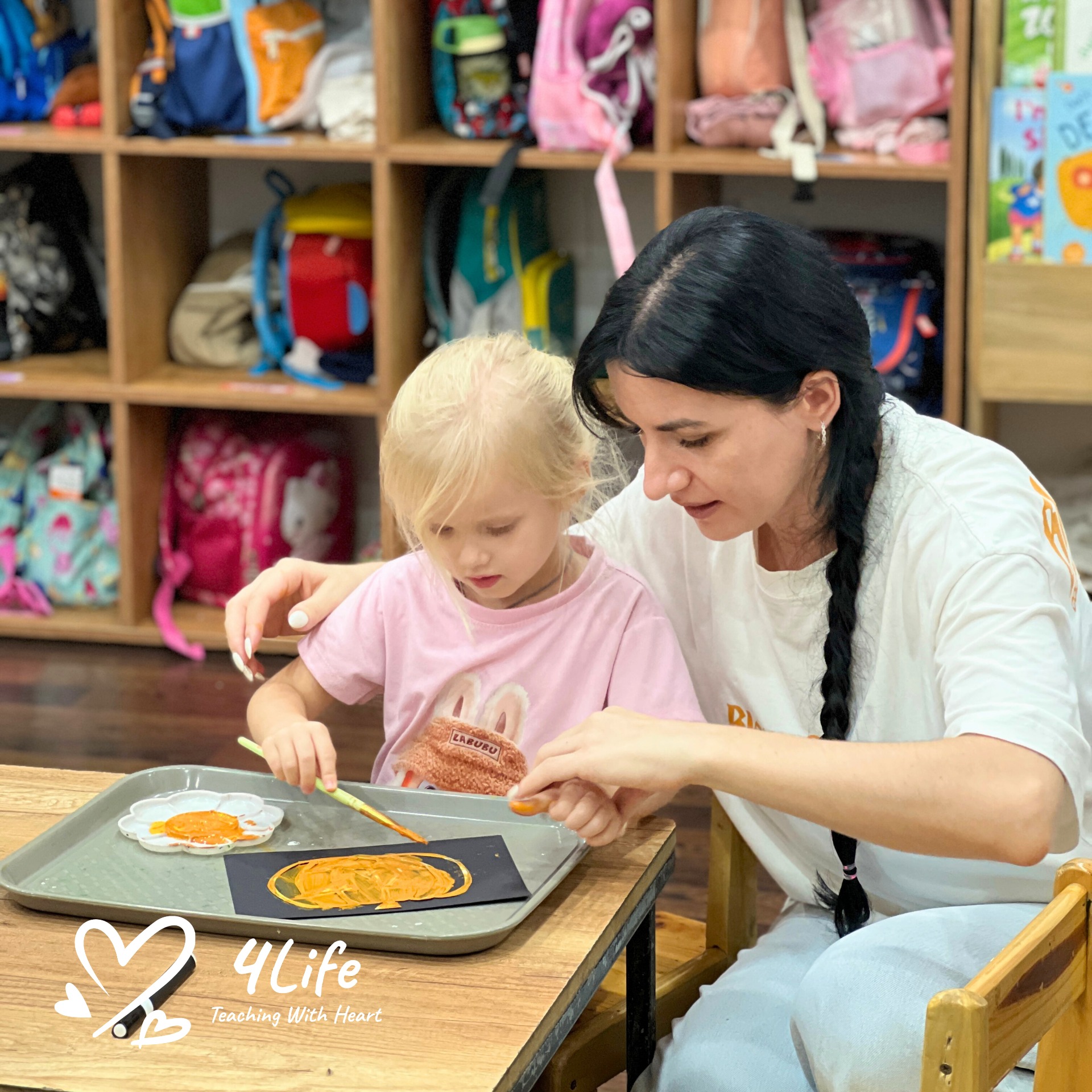
0 Comments